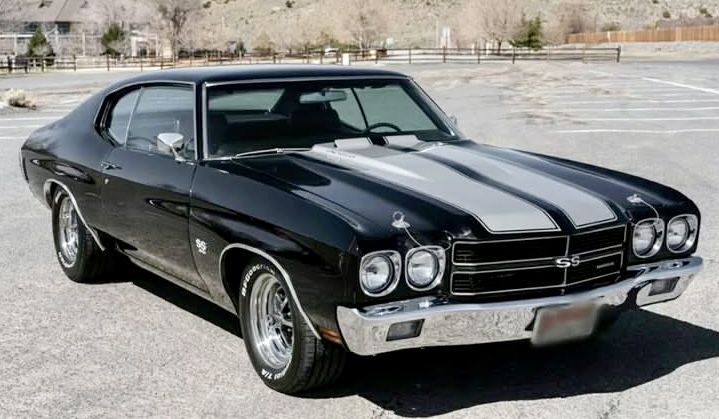Chevrolet has long been a household name in the automotive world, known for producing everything from rugged trucks to family-friendly sedans. While Chevy vehicles are generally respected for their performance and design, not all of them are created equal when it comes to long-term reliability.
Some Chevy models earn praise for outlasting expectations, running strong well beyond 400,000 miles with minimal trouble. These are the golden examples of American engineering, favored by those who value durability, easy maintenance, and consistent performance year after year.
However, the brand has also released a few duds over the decades—vehicles that seem to fall apart well before they hit 100,000 miles. These models often come with recurring mechanical issues, costly repairs, and disappointing lifespans, leaving owners frustrated and out of pocket.
In this blog, we’ll break down the 5 Chevys that go the distance—often passing the 400,000-mile mark—and the 5 that are more likely to leave you stranded before reaching 100,000 miles. Whether you’re looking to invest in a high-mileage champ or want to avoid a future money pit, this guide will help you navigate the best and worst that Chevrolet has to offer.
5 Chevys That Survive 400,000 Miles
These Chevys are the epitome of resilience, outlasting rivals and proving that American-made reliability still exists. With regular maintenance, these vehicles can handle hundreds of thousands of miles, making them smart long-term investments for both families and professionals.
ALSO READ: 10 Nissans That Last and 5 That Leave You Stranded
1. Chevrolet Silverado 1500
The Chevrolet Silverado 1500 is the poster child for long-lasting pickups. Introduced in 1999 and consistently refined over the years, this truck has become a favorite for those who value longevity. Whether it’s being used for construction, towing, or daily commuting, the Silverado has proven its mettle across various industries and lifestyles.
What sets it apart is its bulletproof V8 engines—especially the 5.3L and 6.0L variants—that are capable of pushing the odometer past the 400,000-mile mark with routine maintenance. Many owners report still running strong even after 15–20 years of hard use.
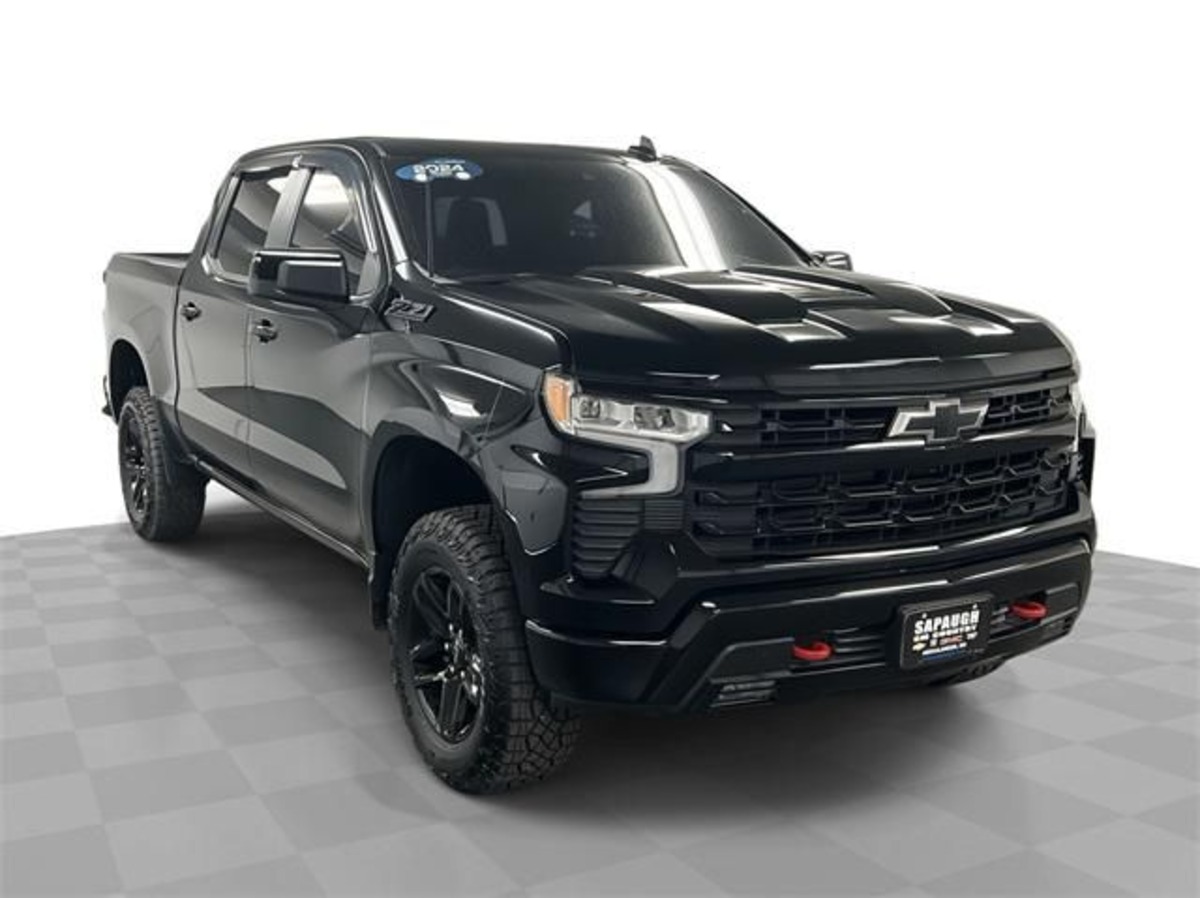
The Silverado’s frame and suspension are built to endure, and it benefits from widely available parts, making repairs straightforward and relatively affordable. As a result, it maintains a strong resale value and is often passed down through generations. Fuel economy isn’t its strongest trait, but if you want a vehicle that will go the distance—literally—the Silverado 1500 is a proven warrior.
Reliability scores consistently place it above average, and online owner forums are filled with stories of trucks that keep on hauling long after other vehicles have retired. When properly cared for, this Chevy legend is practically unbreakable.
2. Chevrolet Suburban
The Chevrolet Suburban has earned its place as a top-tier survivor in the SUV world. Known as the longest continuously used automotive nameplate in history, it combines utility, comfort, and ruggedness into one highly durable package. Its reputation for longevity is well deserved—many Suburbans have clocked over 400,000 miles with nothing more than regular maintenance and the occasional part replacement.
Equipped with reliable small-block V8 engines, particularly the 5.3L and 6.0L options, the Suburban handles heavy towing, off-road trips, and family road trips with ease. It’s often used as a workhorse by government agencies, law enforcement, and large families alike, which speaks volumes about its reliability and stamina.
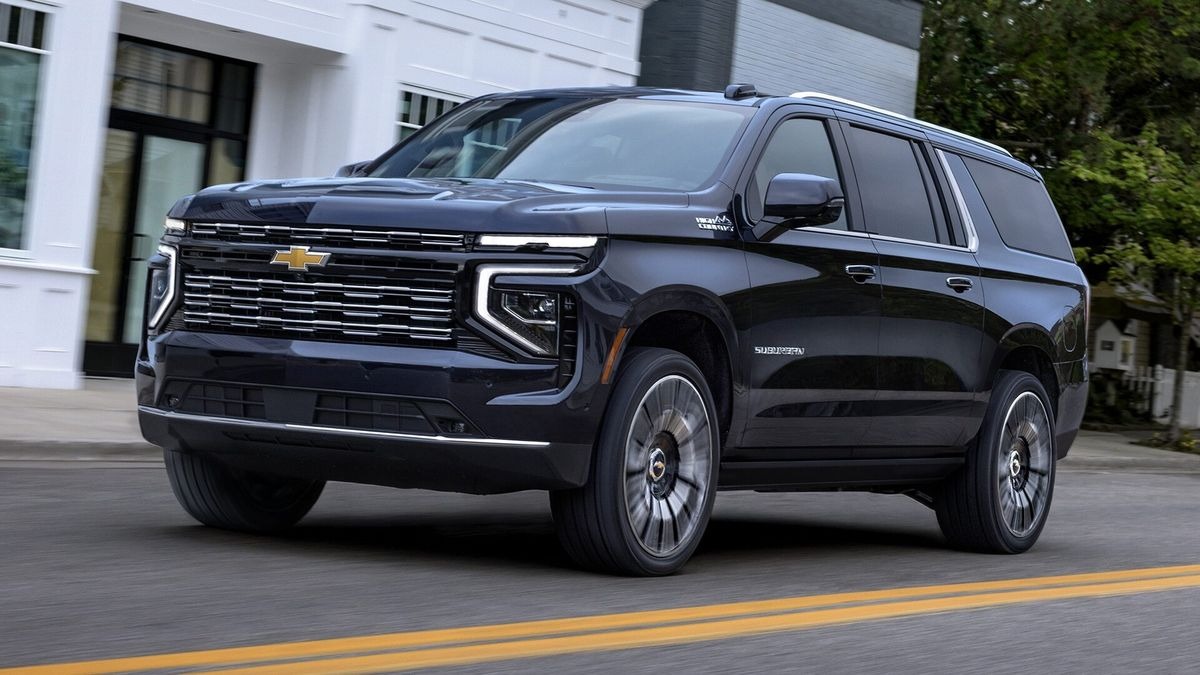
What makes it last so long? A well-built transmission, a solid frame, and the fact that it’s built on a truck platform all contribute to its long life. The spacious interior also helps extend its use case—it remains functional even as it ages, offering comfort and practicality.
While gas mileage isn’t stellar, it’s a small trade-off for owning an SUV that keeps going year after year. A properly maintained Suburban is likely to outlive most of its competitors and keep performing reliably well into high-mileage territory.
3. Chevrolet Tahoe
Think of the Chevy Tahoe as the Suburban’s slightly smaller sibling—still tough, still long-lasting, and equally respected in the high-mileage category. Known for its strong V8 engines and no-nonsense construction, the Tahoe is a favorite among law enforcement and families needing a reliable, roomy vehicle that can also tow and haul when needed.
The 5.3L Vortec V8 engine, one of Chevy’s most durable powerplants, plays a big role in the Tahoe’s ability to hit 400,000 miles. Properly maintained, this engine handles wear and tear extremely well, with minimal oil consumption and reliable performance even in rough conditions.
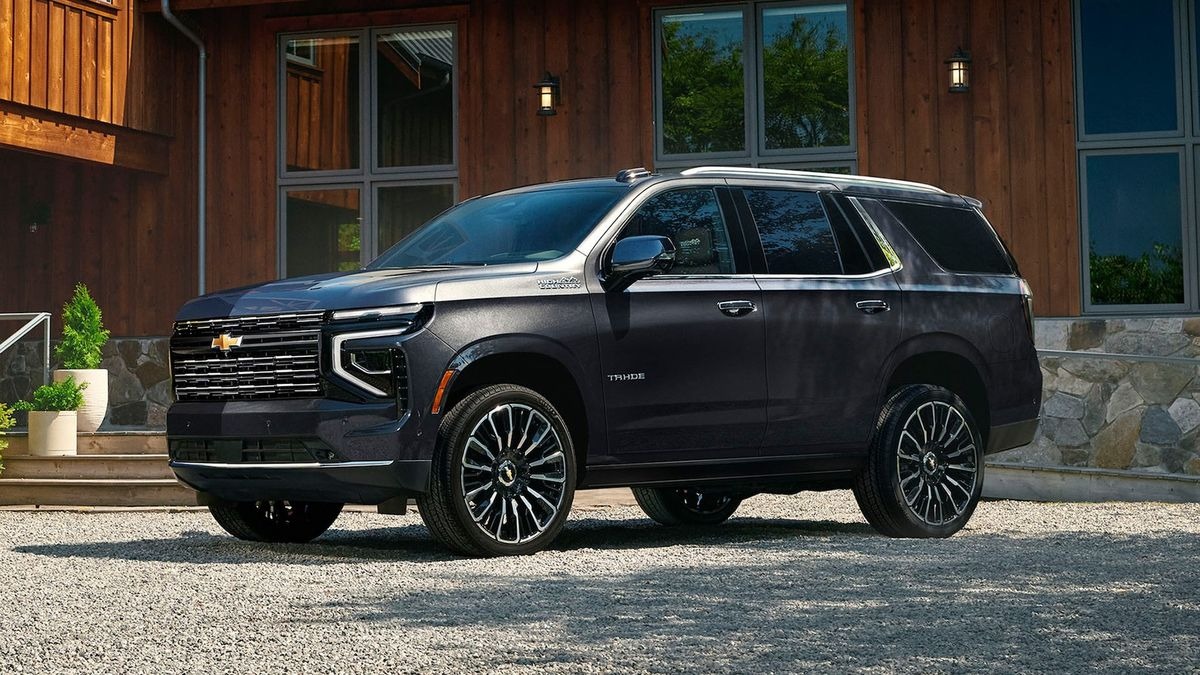
Owners of older Tahoes regularly post testimonies online of their SUVs running beyond 300,000 miles and approaching the 400K mark with no major overhauls. The secret? Routine oil changes, transmission service, and cooling system maintenance.
What’s also appealing is the availability of replacement parts and the relative simplicity of its mechanics compared to newer tech-heavy vehicles. Its traditional body-on-frame structure helps it endure daily abuse, from pothole-filled city streets to muddy backroads.
Whether you’re using it for daily driving, off-roading, or heavy-duty hauling, the Tahoe delivers long-term value and a lifespan that puts many newer vehicles to shame.
4. Chevrolet Express Van
Often overlooked in consumer discussions, the Chevrolet Express Van is a behind-the-scenes workhorse that quietly racks up miles like few others. Designed primarily for commercial use, the Express Van is favored by delivery services, contractors, and fleet managers for one major reason—it just won’t quit.
These vans are commonly found with mileage well over 300,000, and many have been reported to hit 400,000 miles and still perform essential duties daily. Available in both 2500 and 3500 configurations, with a range of dependable V6 and V8 engines (including the long-lasting 6.0L Vortec), the Express is designed with durability in mind.
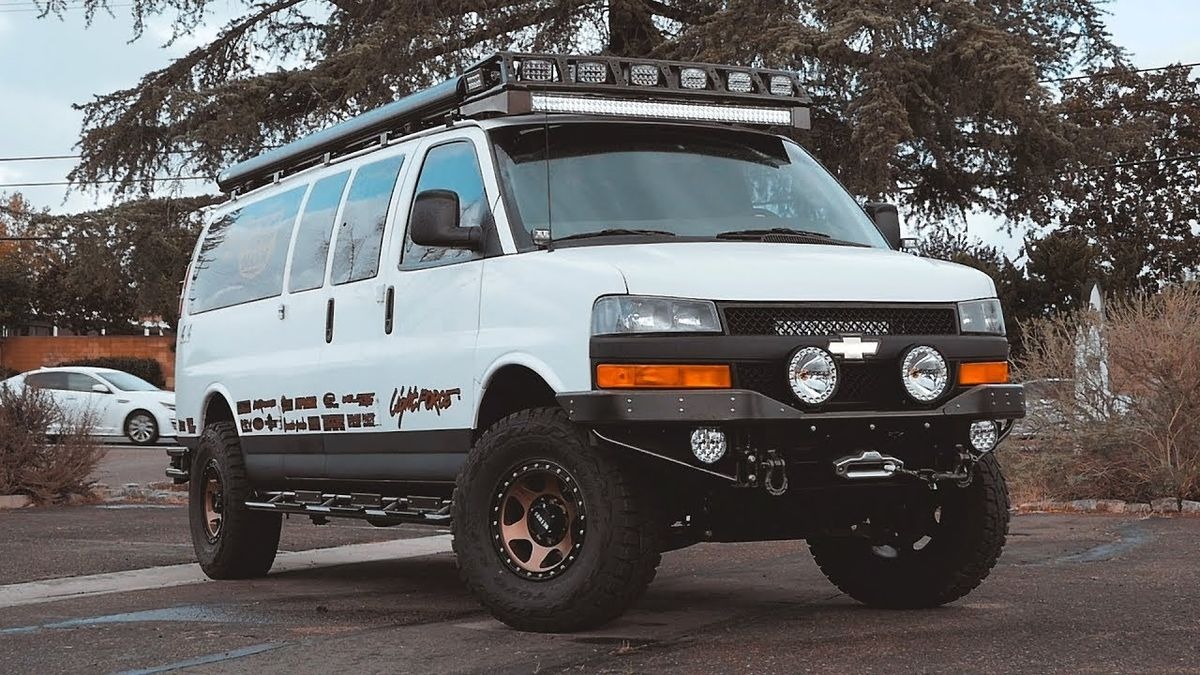
The reason it lasts so long lies in its simplicity. There are no fancy tech gimmicks to fail, and the van is built like a tank to withstand constant loading and unloading. Fleet mechanics often praise it for being easy to service, with replacement parts readily available and relatively affordable.
The Express Van isn’t stylish, and it’s not meant to be. But if your goal is raw, uninterrupted performance over hundreds of thousands of miles, this Chevy delivers in spades. It’s a true unsung hero of the brand, deserving recognition for its toughness and longevity.
5. Chevrolet Impala
The Chevrolet Impala, especially the 9th and 10th generation models (2006–2016), is one of the few sedans that regularly makes high-mileage lists. Known for its large, comfortable cabin and smooth ride, the Impala often surprises people with its longevity.
The 3.5L and 3.6L V6 engines in particular are robust and durable. Many taxi and rental companies have used Impalas extensively, often pushing them well past 300,000 miles without engine failure. With basic maintenance—oil changes, transmission flushes, and brake servicing—the Impala’s drivetrain can last a long time without complaint.
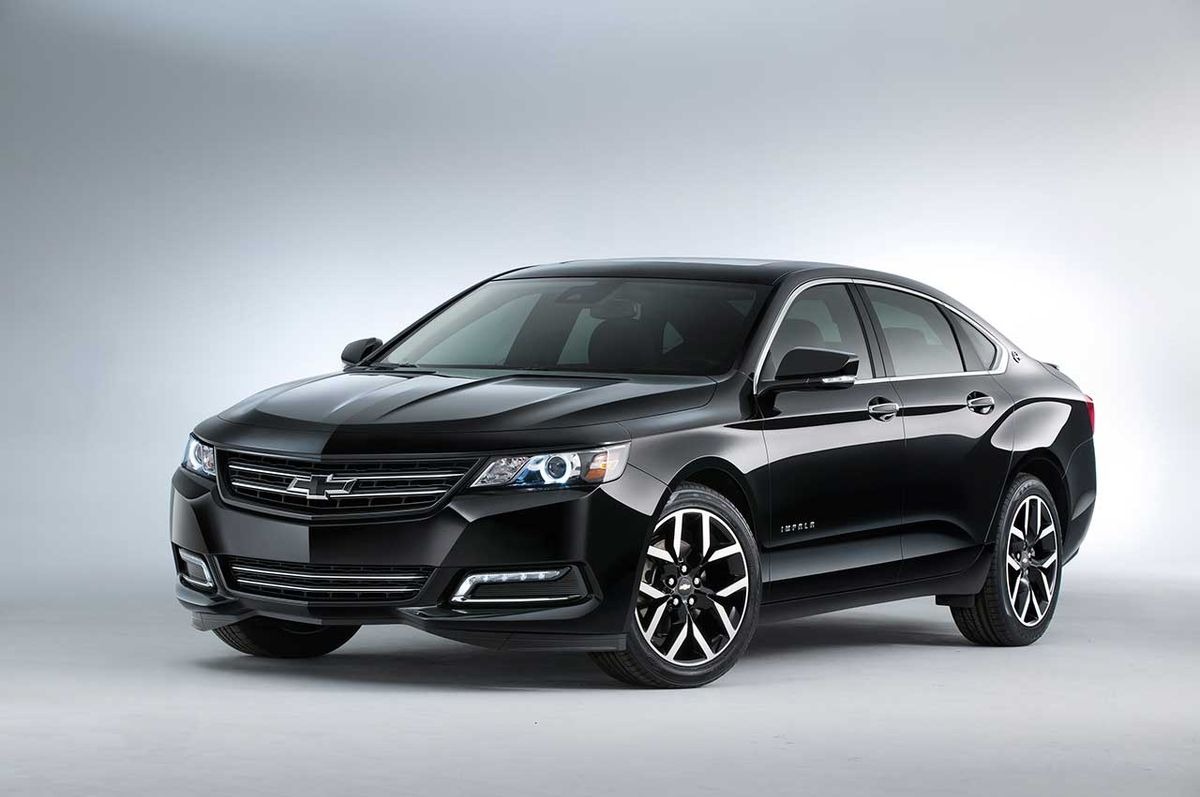
While it may not look as rugged as a truck or SUV, its powertrain and build quality are top-notch for a sedan in its class. Its popularity among fleet operators is another testament to its reliability. The Impala is also affordable to repair, and parts are widely available, which makes long-term ownership relatively inexpensive.
Though Chevy retired the Impala in 2020, its legacy lives on in the countless high-mileage models still running smoothly across America. It’s a sedan that quietly proves you don’t need to buy a luxury or imported brand to get serious longevity.
5 That Don’t See 100K
Not all Chevys are built to last. Some models are plagued with design flaws, poor-quality components, or reliability issues that cause them to fall apart before reaching 100,000 miles. Whether due to engine failure, transmission woes, or electrical gremlins, these Chevys are best avoided if you value durability.
ALSO READ: 5 Fords You Can Rely On and 5 You Shouldn’t Touch
1. Chevrolet Cruze
The Chevrolet Cruze looked promising when it debuted in 2011, aiming to compete with compact giants like the Toyota Corolla and Honda Civic. However, early models quickly gained a reputation for unreliability, with many owners experiencing major issues before hitting 100,000 miles.
The biggest culprit was the 1.4L turbocharged engine. Despite offering decent fuel economy, it suffered from coolant leaks, cracked pistons, turbocharger failures, and weak timing chains. In addition, early Cruze models often had water pump failures, overheating problems, and even complete engine seizures.
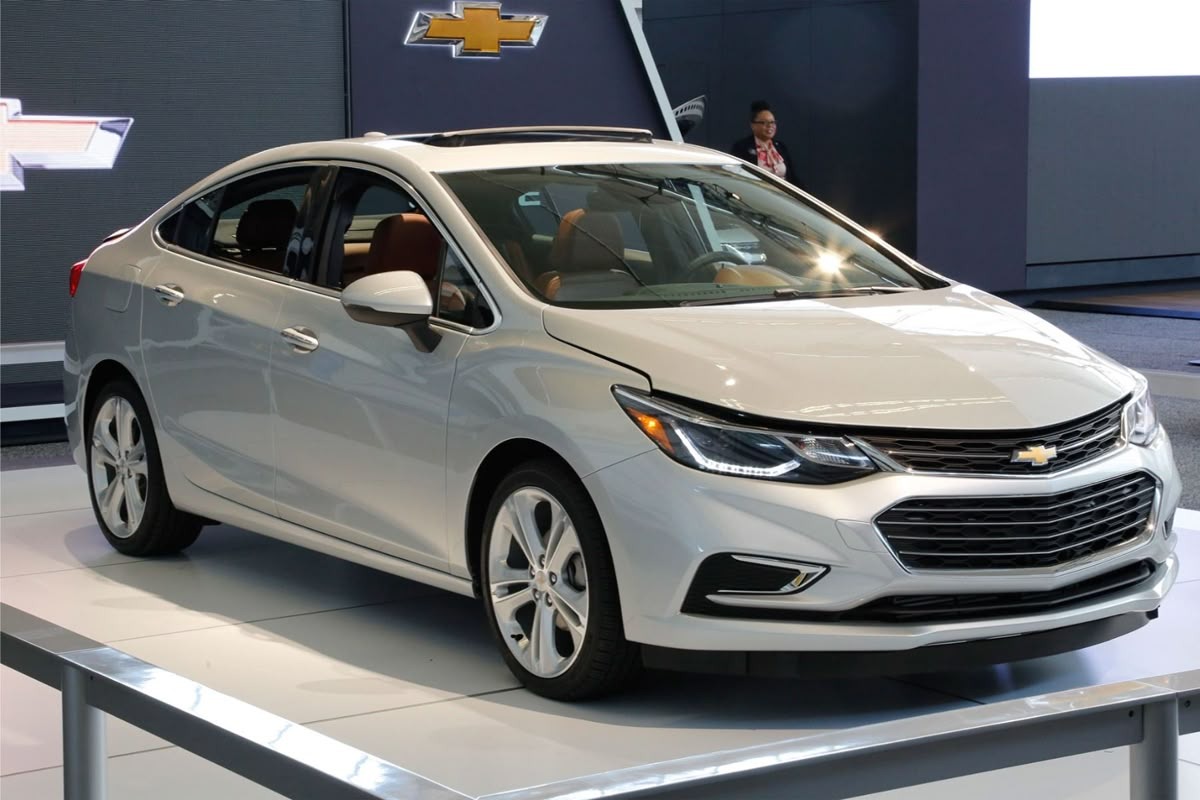
Transmission problems weren’t uncommon either, especially in the automatic variants. Reports of hesitation, rough shifts, and premature transmission failure surfaced regularly across owner forums and consumer reports.
Another persistent issue was the electrical system, from dashboard glitches to failing infotainment screens and faulty sensor lights. These seemingly minor annoyances added up, leading many owners to abandon their Cruze well before it should have expired.
While later models saw improvements, the Cruze’s early years tarnished its name. For a car intended to be economical, it often became a costly headache. If you’re looking for a long-hauler, the Cruze is one Chevy that has been the best in the past.
2. Chevrolet Aveo
The Chevrolet Aveo was designed as an entry-level subcompact meant to offer basic transportation at an affordable price. Unfortunately, it delivered on the price but failed miserably in the longevity department. Many Aveos struggle to make it past 100,000 miles without developing significant and costly issues.
Built with cheap materials and outdated engineering—much of which stemmed from its Daewoo roots—the Aveo came equipped with a weak 1.6L engine that was notorious for timing belt failures. A snapped timing belt often meant catastrophic engine damage, especially since the Aveo’s engine is an interference-type.
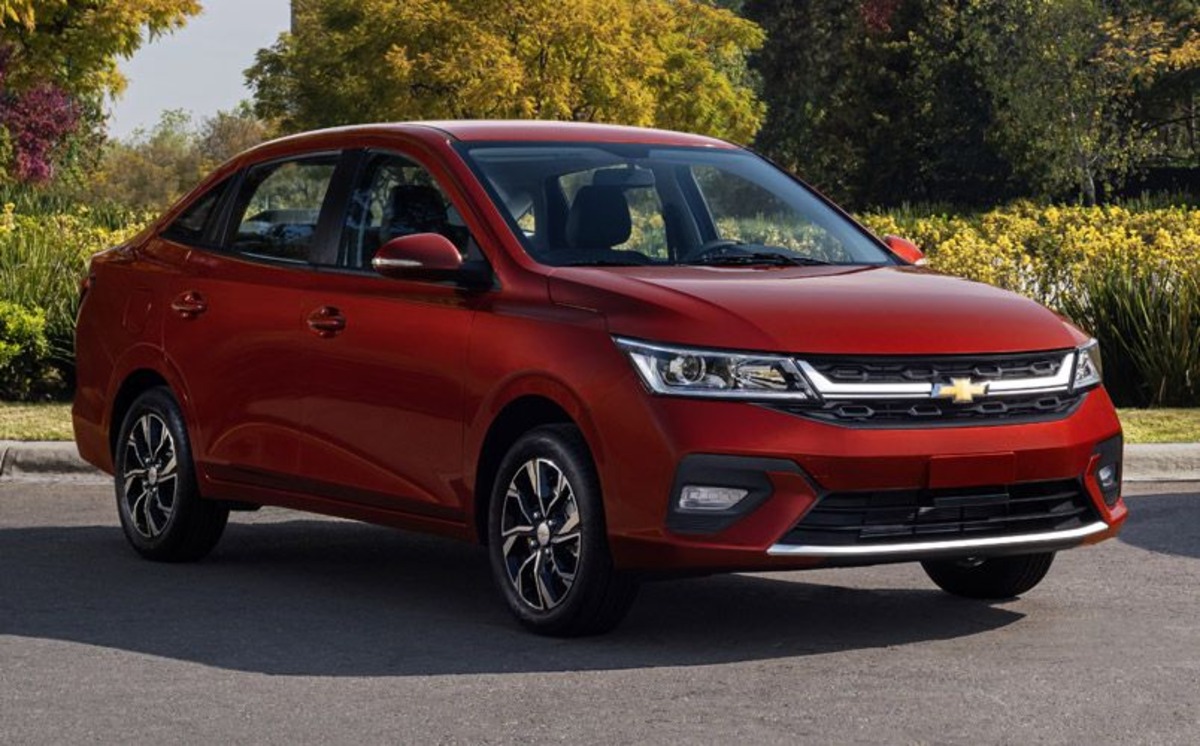
Owners also frequently reported problems with the transmission, particularly with slipping, jerky shifting, and early failure. Adding to the frustration were persistent electrical faults—malfunctioning sensors, dashboard errors, and unreliable ignition systems.
Another major drawback was its poor crash safety ratings and flimsy build quality, making it not only unreliable but also a questionable choice in terms of safety. Suspension issues and premature wear of brakes and wheel bearings were other common complaints.
While the Aveo might have been a tempting option for budget-conscious buyers, its poor reliability record and high maintenance costs over time make it one of the least durable vehicles in Chevy’s history. It’s a model that struggles to see the six-digit mileage club.
3. Chevrolet Captiva Sport
The Chevrolet Captiva Sport, primarily sold as a fleet vehicle in the U.S. market, was essentially a rebadged Saturn Vue. While it had decent styling and interior comfort, it quickly proved itself to be unreliable, with many units failing before the 100,000-mile mark.
One of the biggest red flags was its transmission. The 6-speed automatic was plagued by early failures, rough shifting, and fluid leakage. Many owners experienced total transmission failure as early as 70,000 miles—an expensive repair that often exceeded the car’s value.
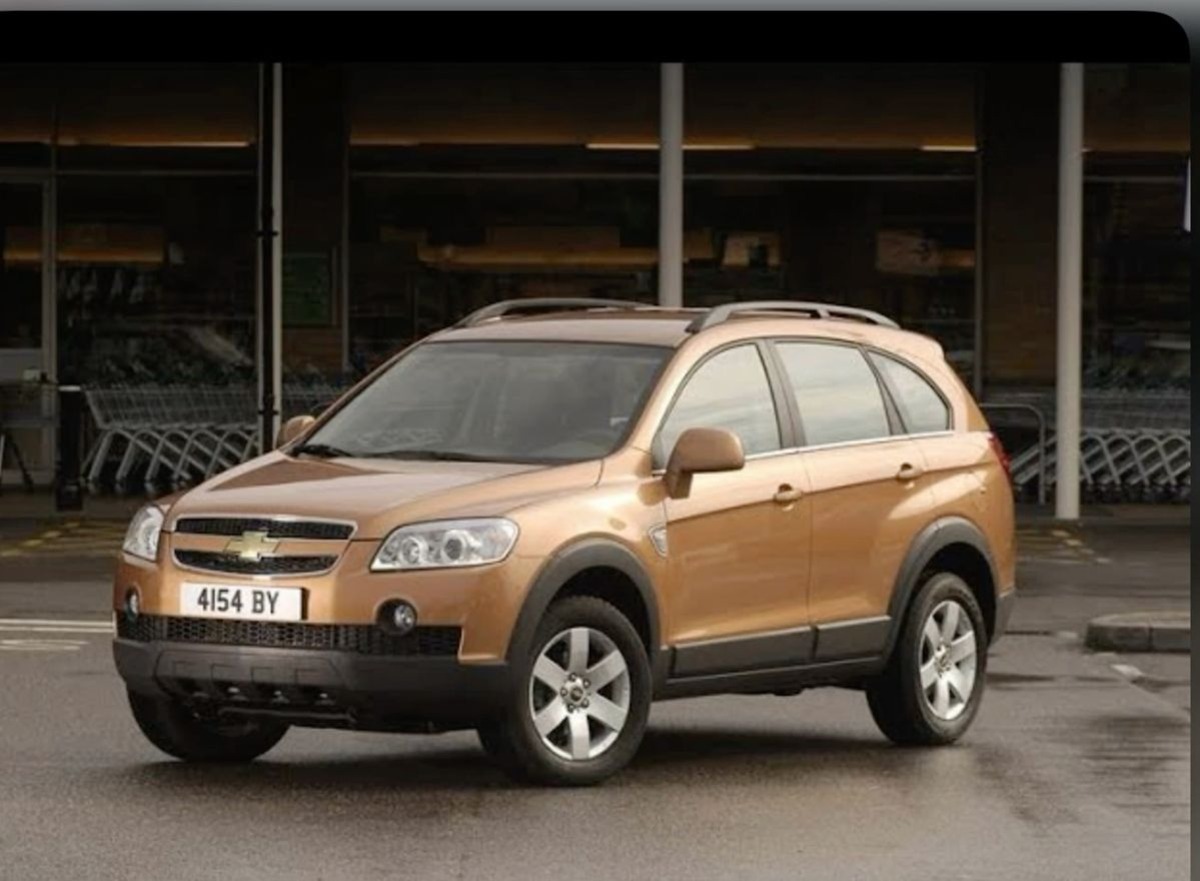
The engine options didn’t fare much better. The 2.4L Ecotec engine suffered from timing chain wear, excessive oil consumption, and overheating. Sensors in the engine frequently failed, triggering check engine lights and costly diagnostics. Many owners also complained of sudden power loss or stalling, particularly dangerous at highway speeds.
The Captiva’s electronics weren’t dependable either, with issues ranging from failing power locks and windows to malfunctioning infotainment systems and faulty ignition switches.
Because it was largely sold to rental fleets, used Captiva Sports on the market often came with hard miles and minimal maintenance history, accelerating their breakdown. Combine that with hard-to-source parts due to its discontinued and rebadged nature, and it’s easy to see why the Captiva Sport failed to earn Chevy’s badge of honor for reliability.
4. Chevrolet Equinox (2005–2009)
While newer generations of the Chevrolet Equinox have improved significantly, the first-gen models—especially those produced between 2005 and 2009—suffered from serious quality control issues that left many owners stranded before hitting 100,000 miles.
The 3.4L V6 engine used in these models was particularly problematic. It was known for its intake manifold gasket leaks, which led to coolant mixing with oil, resulting in head gasket failure and engine overheating. Repairs were both expensive and recurring, especially if the root cause wasn’t properly addressed the first time.
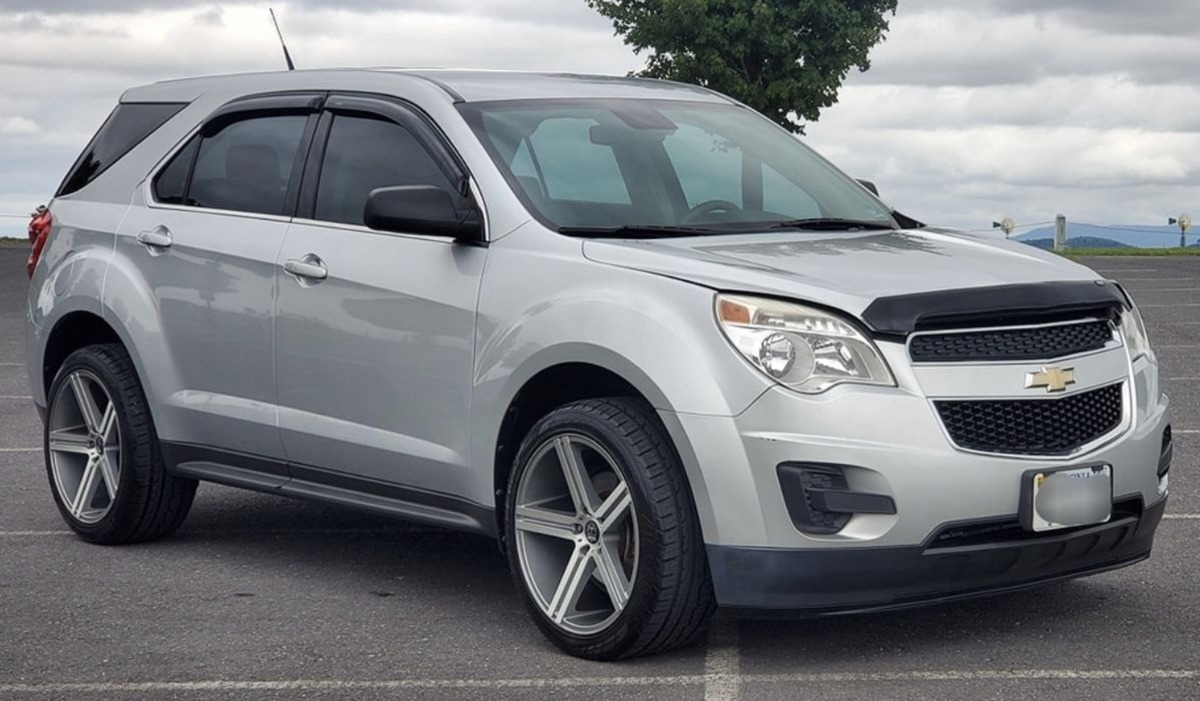
The automatic transmission didn’t offer much comfort either. Many drivers experienced slipping, hard shifts, and premature failure, with some reporting transmission issues as early as 60,000 miles.
In addition to powertrain woes, the Equinox’s interior components aged poorly. Cheap plastics, malfunctioning HVAC systems, and electrical glitches—like randomly flashing dashboard lights and sensor malfunctions—were widespread complaints. The suspension was another pain point, with strut and bearing failures being frequent and costly.
These early Equinox models painted a poor picture of Chevy’s crossover reliability, earning low marks from Consumer Reports and JD Power in long-term dependability. If you’re considering an older Equinox, it’s best to skip the 2005–2009 range altogether and look to later generations that corrected these early flaws.
5. Chevrolet TrailBlazer (2002–2009)
The mid-2000s Chevrolet TrailBlazer promised rugged SUV capability with a comfortable ride. It succeeded in delivering power and size but failed to prove itself reliable in the long run. Models produced between 2002 and 2009 are frequently cited as vehicles that often don’t make it to 100,000 miles without major problems.
Its 4.2L inline-6 engine, though initially praised for performance, became infamous for issues like camshaft sensor failure, misfires, and electrical shorts. The engine control module (ECM) was another weak point—prone to malfunction and expensive to replace.
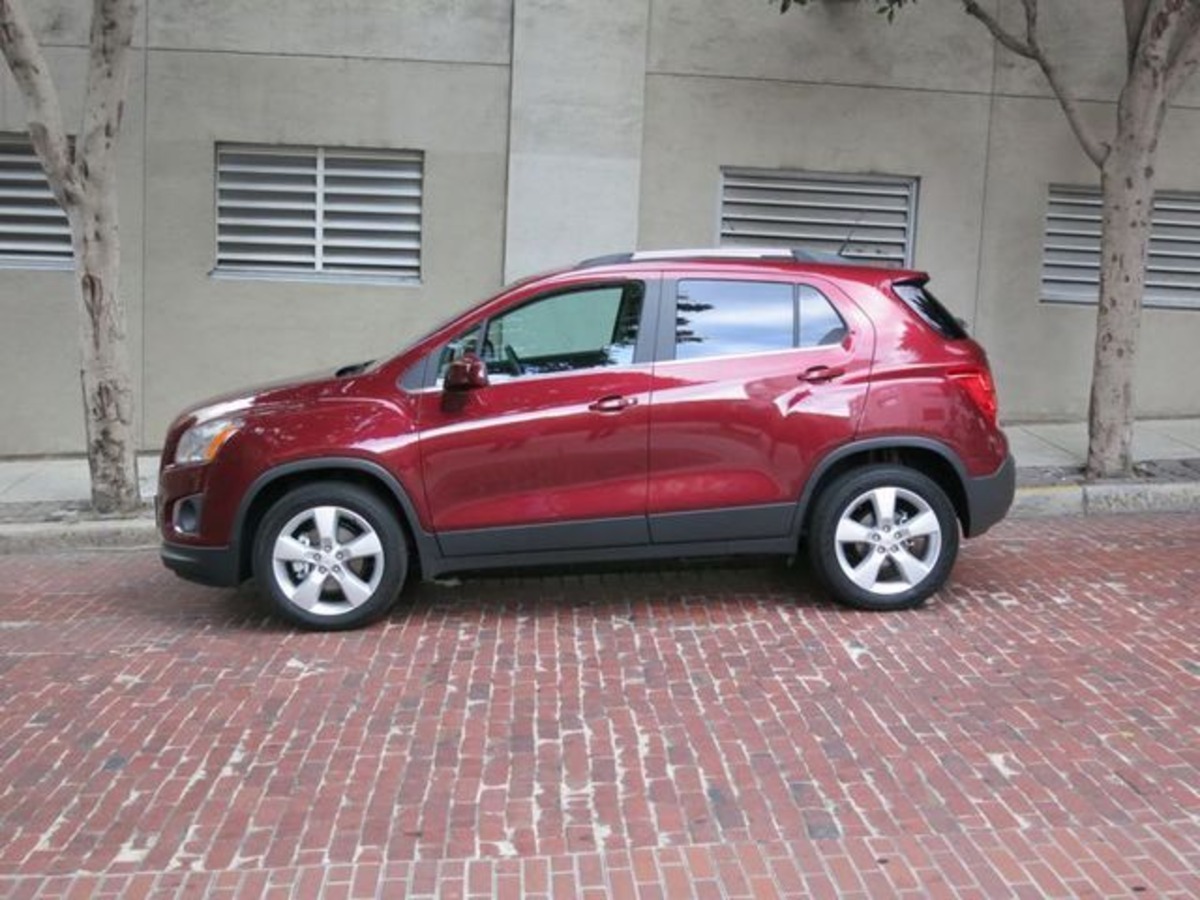
The TrailBlazer’s automatic transmission added to the list of problems. Many owners reported harsh shifts, slipping, and early breakdowns. On top of that, the rear differential and transfer case were susceptible to premature wear, particularly in 4WD versions.
Electrical systems were a nightmare. Dashboard gauges often failed, window regulators stopped working, and tail lights shorted out randomly. The suspension wasn’t durable either—ball joints, sway bars, and control arms often gave out before 80,000 miles.
While the TrailBlazer offered a comfortable ride and capable towing, it was ultimately let down by subpar build quality and component failure. For those hoping for long-term ownership, this Chevy SUV simply didn’t hold up its end of the bargain.
When it comes to reliability, Chevrolet has offered both triumphs and letdowns. On one end of the spectrum, vehicles like the Silverado 1500, Suburban, and Tahoe have proven their mettle, crossing the 400,000-mile mark with strength and grace. These Chevys have earned their reputation through rock-solid engines, reliable drivetrains, and durable frames. They’re trusted by families, professionals, and fleet managers who rely on them every single day.
On the flip side, models like the Cruze, Aveo, and early Equinox have shown just how frustrating it can be to invest in a vehicle plagued by early breakdowns and mechanical faults. Whether due to poor engineering choices or rushed production timelines, these vehicles left many owners disappointed—and often out of pocket for repairs that shouldn’t happen so soon.
The key takeaway? Not all Chevys are created equal. If you’re looking to make a long-term investment in a used vehicle or want to know which models will stand the test of time, focus on the ones with a solid track record. With the right care, many Chevys will take you farther than you ever expected. But choose the wrong one, and you may not even make it to 100K.

